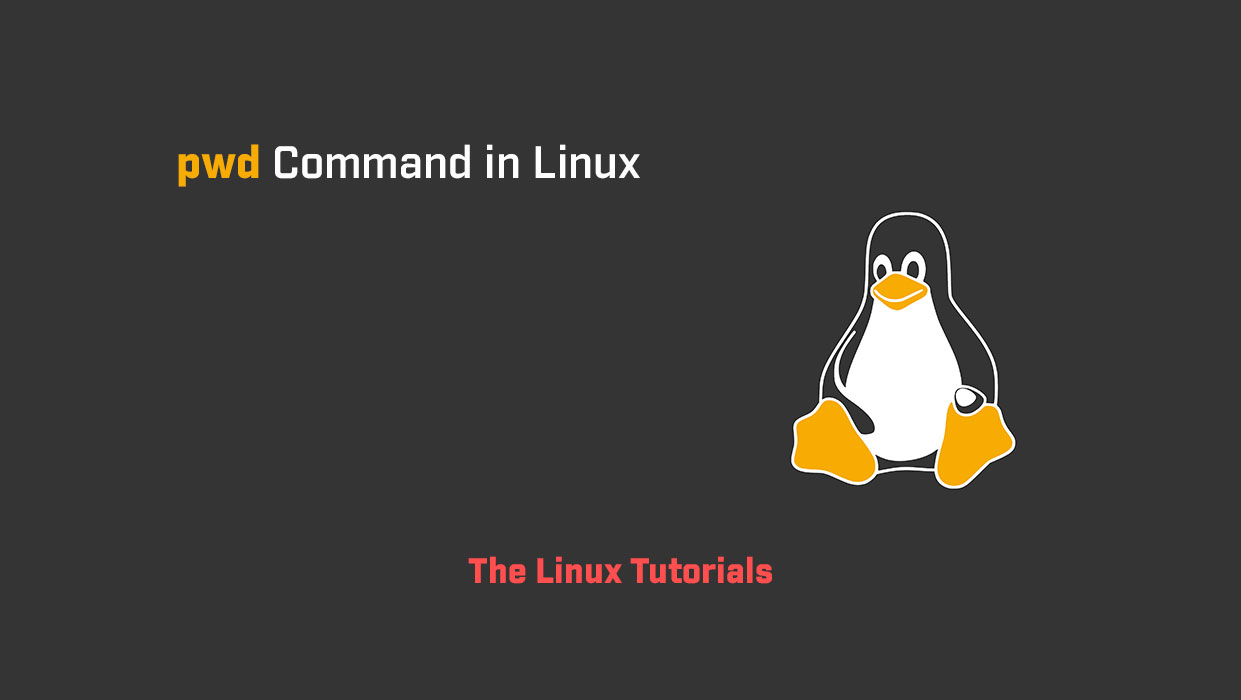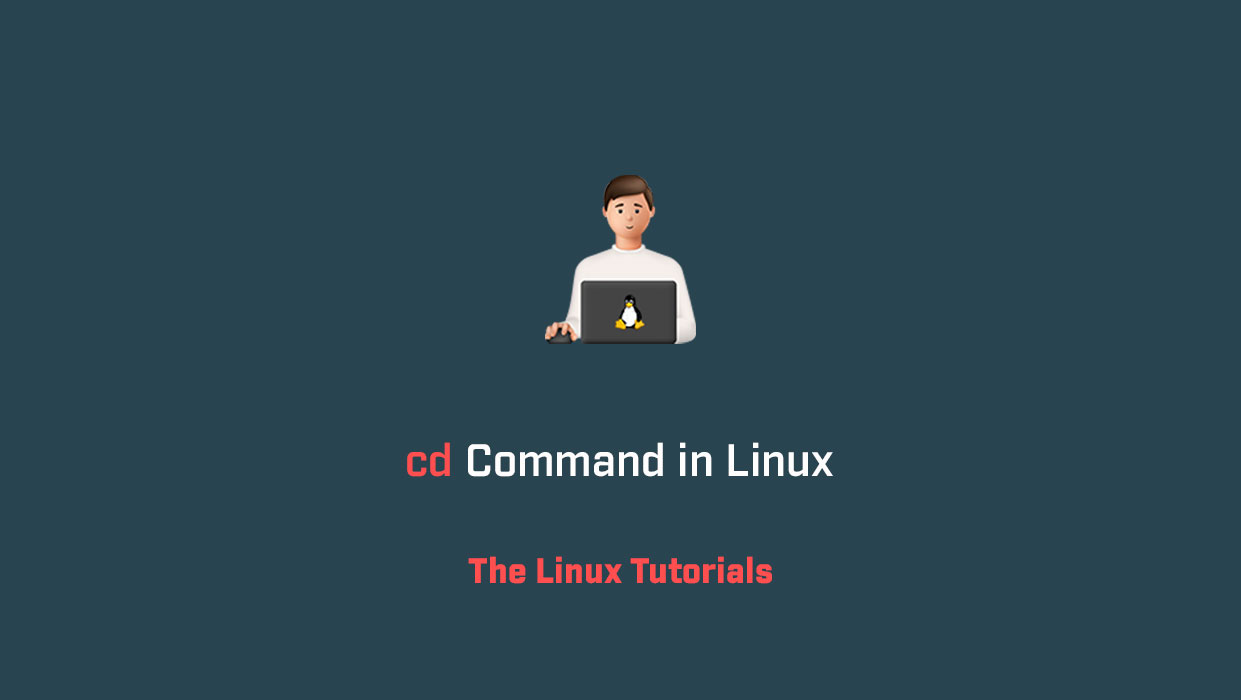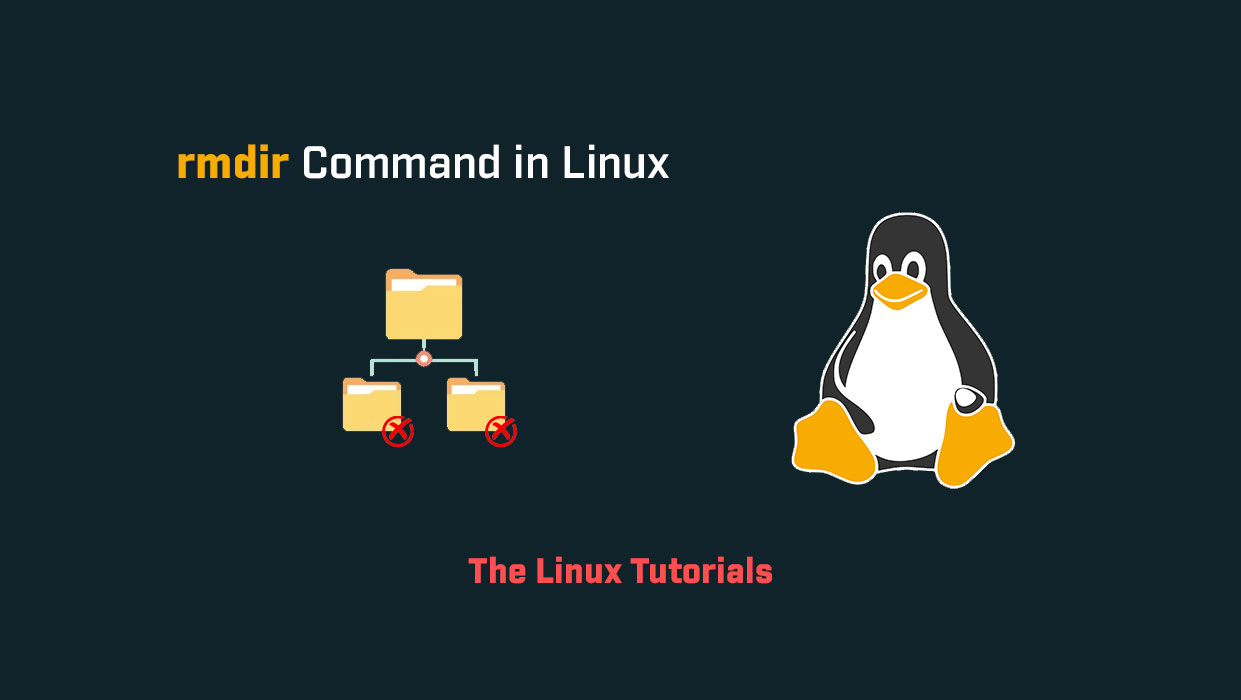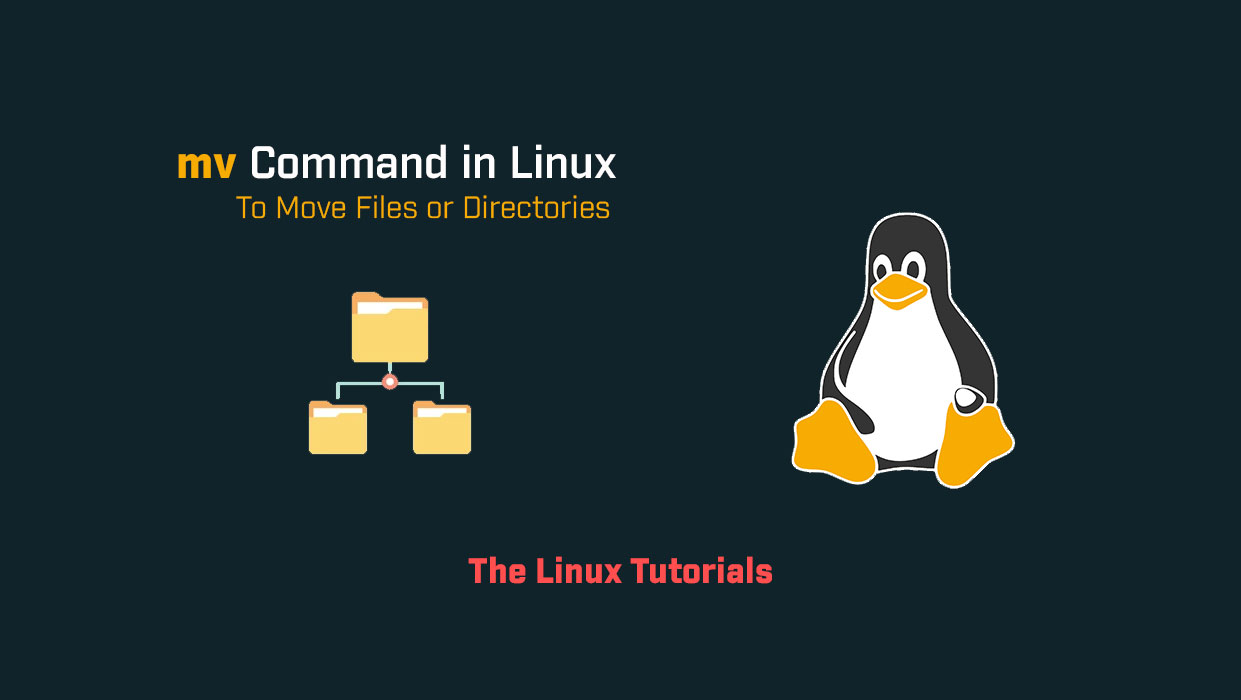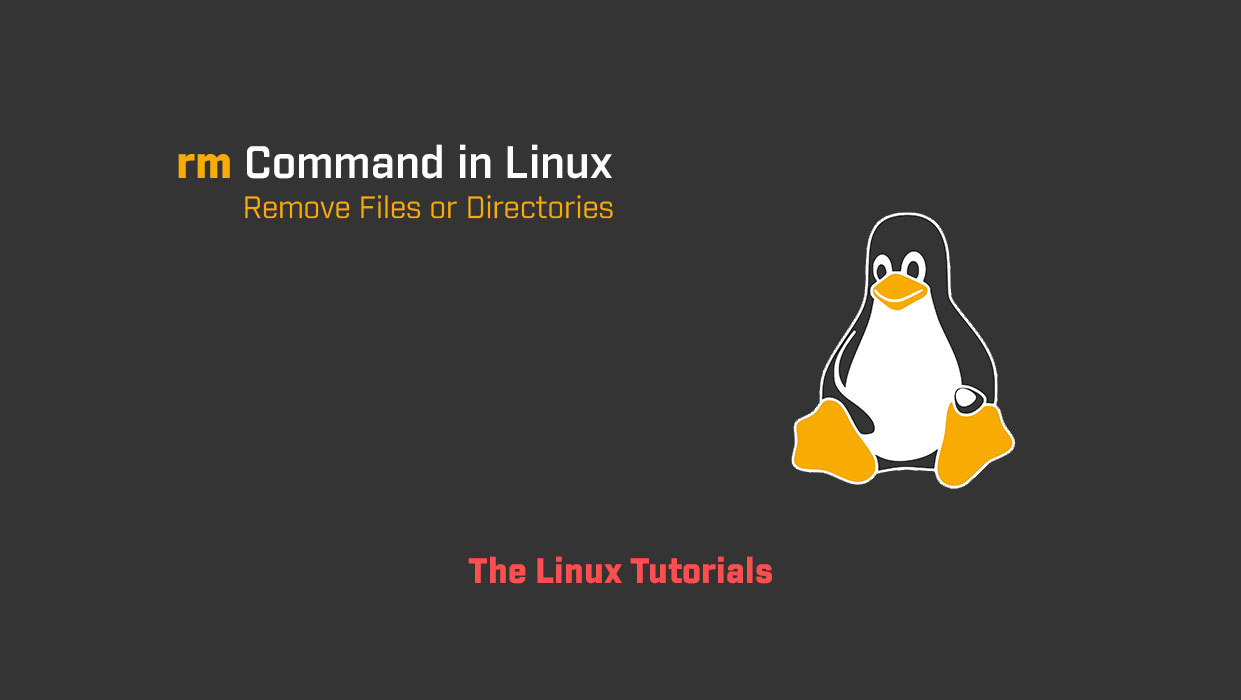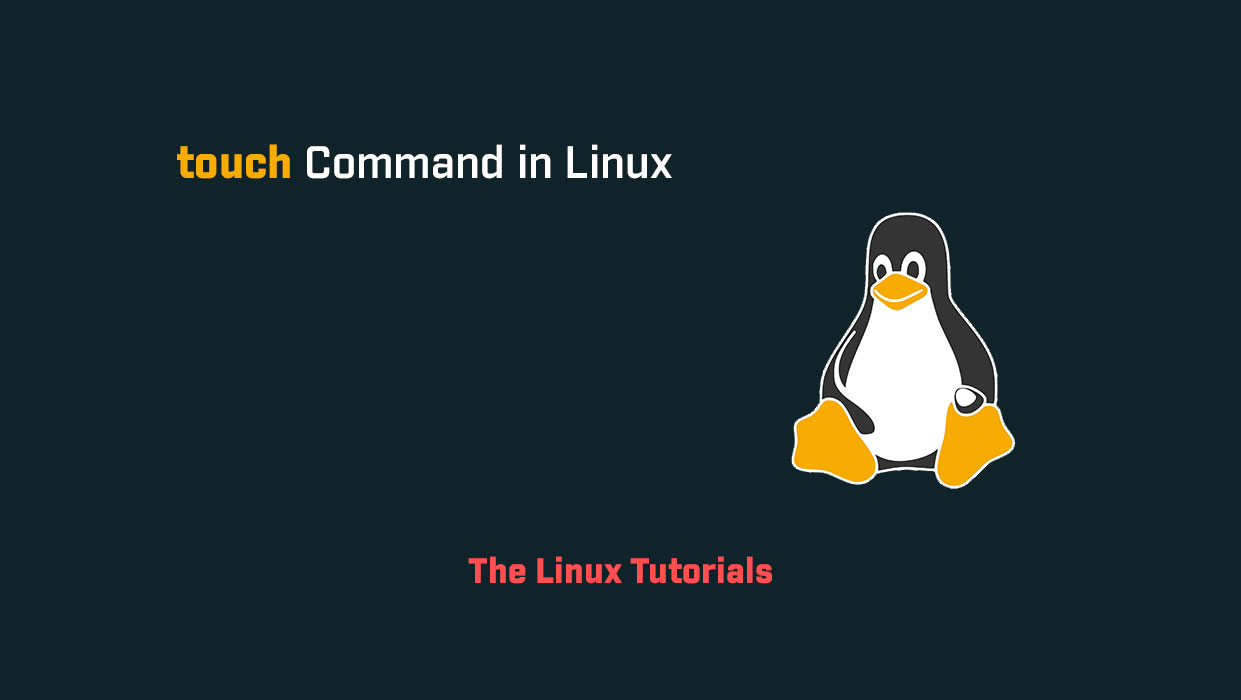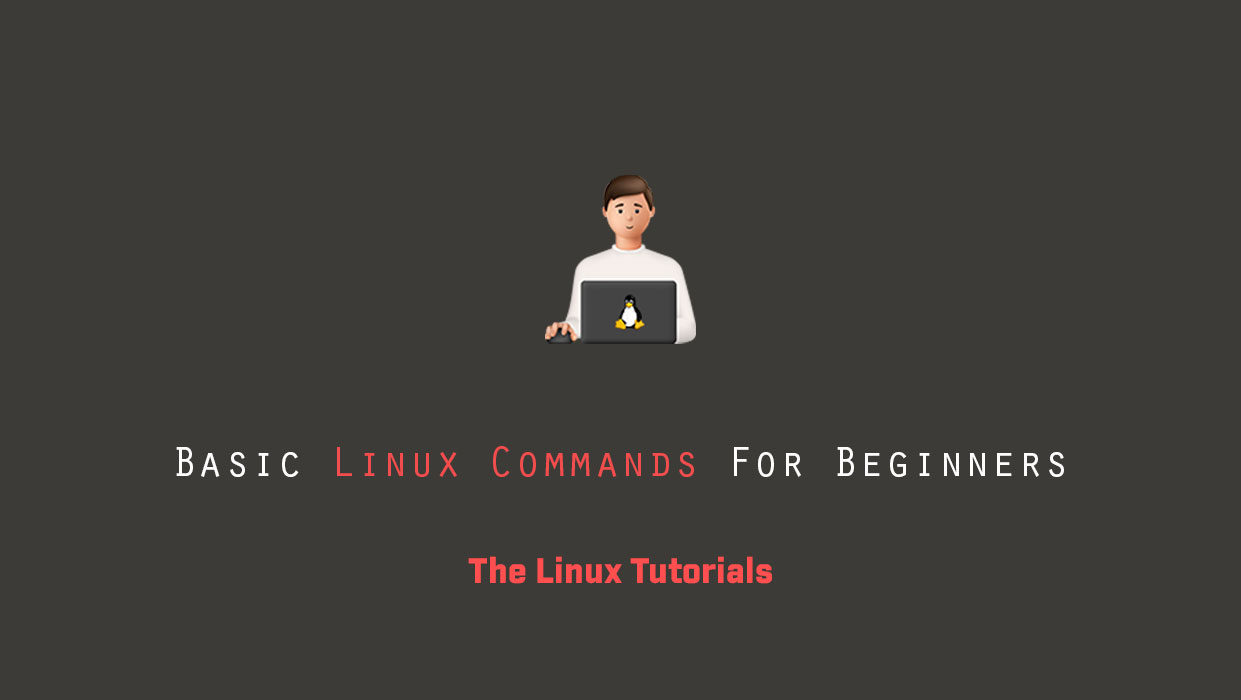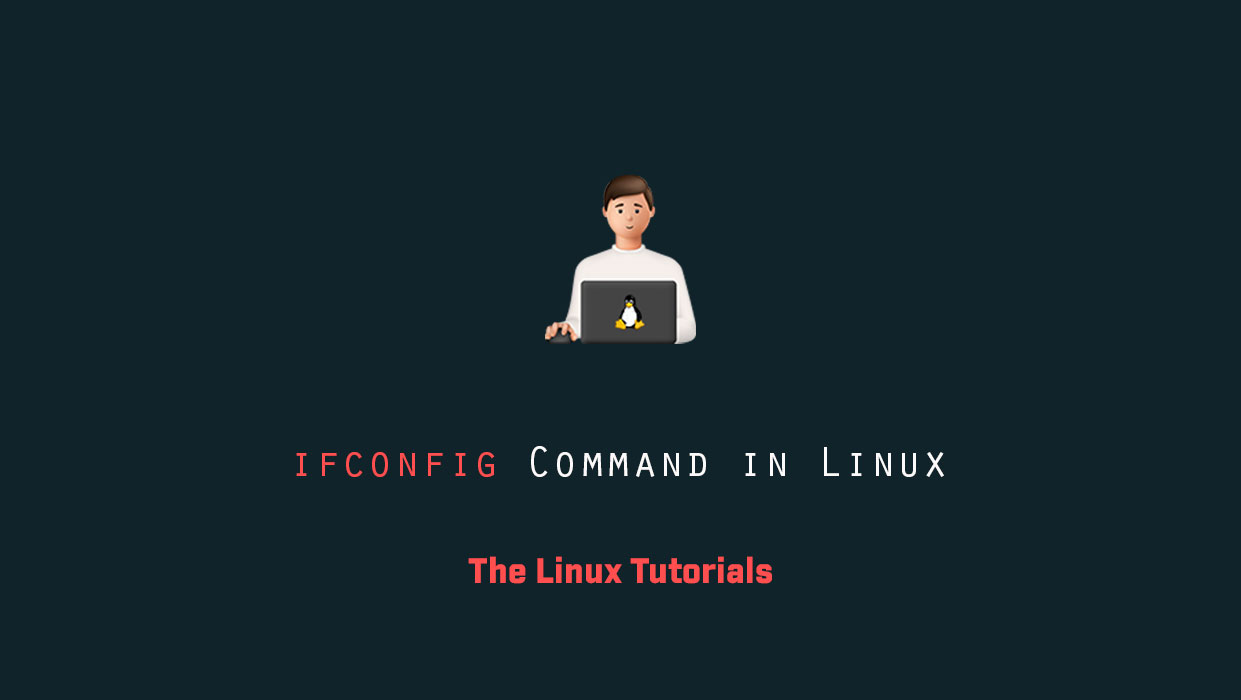In Linux, pwd stands for “print working directory”. It is a command used to display the current working directory. When you execute the pwd command in a terminal or console, it will print the full path of the current working directory. The current working directory is the directory in which you are currently working. Every […]
